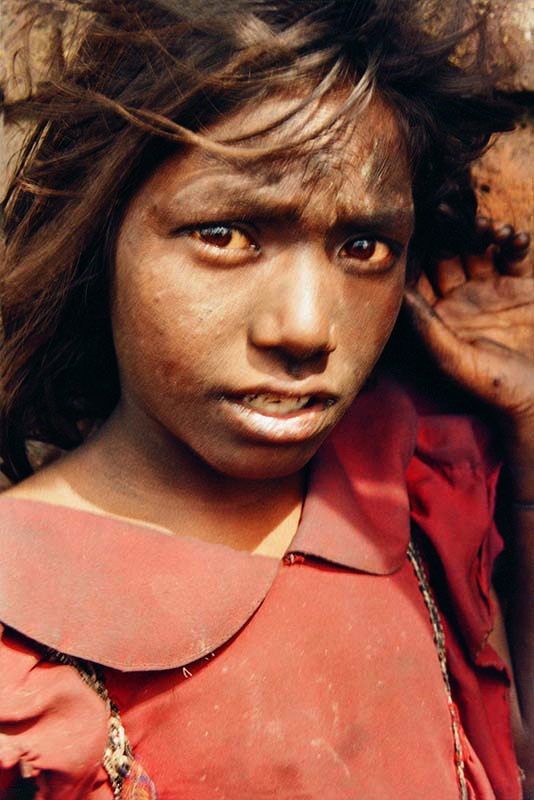P Madhavan





Grant Period: over one year and six months
P Madhavan is a documentary photographer and photography teacher with a background in physics from the University of Madras. Through an exploration into the art and science of the 170-year-old practice of daguerreotype photography, Madhavan looks to study the artistic nuances of chemical-based image-making as compared to computerised digital image-making. This grant supports Madhavan to extend his current practice through research and training in daguerreotype photography, and to build and experiment with a daguerreotype camera. The outcome of this grant will be a draft manuscript for a book on contemporary daguerreotype photography and the first daguerreotype images to be made in modern India.
“The daguerreotype,” Madhavan explains, “is one of the earliest types of photograph in which the image is exposed directly onto a mirror-polished surface of silver, bearing a coating of silver halide particles deposited by iodine vapour. While modern film employs an emulsion of light sensitive silver crystals to capture light, the daguerreotype's surface is solid and .999 pure silver and photons of light act on this surface at the molecular level to create the image.” This explains why the daguerreotype image has no ‘grain’ as film does and therefore it creates a more detailed, textured and finer image. The daguerreotype was invented in Europe in 1839 and was brought to India soon after by the British to document its landscape and architecture. However, daguerreotype photography only took root in India in the 1850s when portrait studios became big business. It was during this period that William Johnson, one of the most celebrated daguerreotype photographers at the time, co-founded the Bombay Photographic Society. In 1855, a photography course was established at the Madras School of Industrial Art, with students being encouraged to record Indian agricultural tools and practices. Also, the first Indian daguerreotype artist was Nawab Ahmed Ali Khan of Lucknow, and the earliest picture taken by him is dated 1855, and has been recorded in the India Office collection. Since then, daguerreotype photography has ceased to be practiced in India. Madhavan feels that his effort of recreating the art of the original image, i.e. the Daguerreotype, will not only initiate new discussions on the medium of film and digital photography, but will also offer future generations of art photographers an entirely new context of practice.
At the initial stages of the project, Madhavan will carry out archival research on daguerreotype photography in India. He will then attend a workshop on contemporary daguerreotype photography conducted by the critically acclaimed Jason Greenberg Motamedi of the Center for Alternative and Historic Processes in New York. This workshop will include a brief introduction to this nineteenth century photographic technology and extensive sessions with contemporary daguerreotype artists. Madhavan will learn, practice and discuss how to make a daguerreotype camera and manufacture his own daguerreotype plates. Finally, through his extensive research in the lab, and training in the field, Madhavan will compile a draft manuscript for a book on “How to Become a Daguerreotypist – A Practical Guide to Making Daguerreotypes.” Madhavan intends to play with the reflection of the highly polished silver to paint a photographic image with the first home-made Indian daguerreotype camera. As each image is a unique work of art, Madhavan’s endeavour is a special one. Few people in the artistic field in India have the qualification or inclination to understand such technical intricacies, making Madhavan’s research a valuable contribution to initiating new directions in art photography practice in India.
